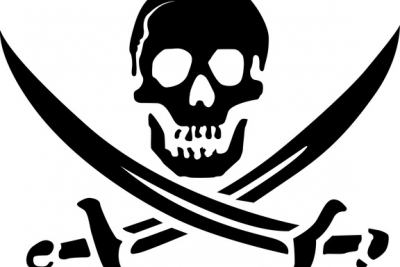
Protecting your Yacht Against Pirates
Although pirates don’t hobble around on wooden legs like they do in Disney movies; with sassy parrots chirping from their shoulders, they are just as ruthless and threatening to the safety of passengers aboard any vessel.
Piracy is a problem that has plagued the yachting industry for decades. What these rogue seamen will do is hijack a vessel; hold on board passengers and crew hostage in order to take control/ownership of the vessel as well as passengers’ valuables. It is possible to take precautionary measures by installing surveillance equipment or even hiring armed security forces, but those efforts will be in vain if the crew aren’t adequately trained in how to respond to pirate attacks.
The Gulf of Aden has been viewed as the most pirate-infested, attack-prone area in the world, notoriously so because of the Somalian pirates who subjugate the seas. In recent years, however, piracy in South East Asia has increased alarmingly. Coast guards in these high-risk areas (HRA) have been concerted in their efforts to safeguard passing ships and yachts but the attacks still occur. This makes ensuring the protection of your vessel an imperative and mandatory undertaking.
The yachting industry has responded to the vulnerability by providing captains with the option of hiring security companies that can audits a boat’s security, and help prepare the crew for any possible attacks. What many security companies do is look at the yachts course and determine what their risk of attack might be. A unique training course is then set-up with mock attacks to give crew members hands on skills. The role-playing approach equips crew should a serious situation occur.
Training ideally takes place on board the yacht; two to three days before leaving the port. Some of the exercises included in the training include “skiff” stopping, which helps crew practice their drills in making sure the pirate tender cannot get near or alongside the yacht. Because yachts are typically smaller than ships they can’t count on their speed to outsail pirates, or size to intimidate them. But even with training there is a limit to what the crew can do to maintain the safety of the yacht. It is wise to employ a separate security team, usually of around two to six guards. The presence of armed personnel will make the yacht appear well-defended and prepared should any threat arise.
When it comes to yachting safety and protection against pirates prevention is better than cure. Having a top notch communication system to signal to other boats when in crisis is only helpful if the boats themselves aren’t more than a few hours away. Having to deviate from your planned course, just to avoid attack, can cost a great deal of time and money. So planning and preparation are of the utmost importance because it could be what saves you from being stranded on a skiff in the middle of the Mediterranean.
Pirate attacks are gruelling, traumatic experiences. But they can also be easily avoided through pragmatic preventative precautions, and neglecting the safety of your passengers and crew could cost you more than just the yacht or your job. It could cost you your life.
